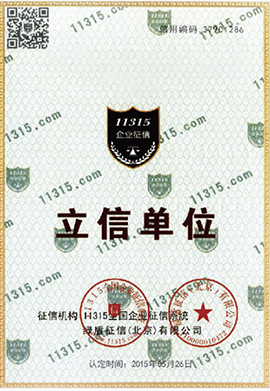9 月 . 07, 2024 19:17 Back to list
High-Quality Rotary Oil Seals - Durable & Reliable Sealing Solutions
Understanding Rotary Oil Seals Essential Components for Machinery Efficiency
Rotary oil seals, often referred to as oil seals or rotary shaft seals, play a critical role in machinery that involves rotary motion. These seals are designed to prevent the leakage of lubricants while simultaneously preventing the ingress of contaminants. Understanding the function and importance of rotary oil seals is essential for maintaining the efficiency and longevity of mechanical systems.
Functionality of Rotary Oil Seals
Rotary oil seals consist of a circular ring made from various materials, including rubber, silicone, or thermoplastic elastomers. The design features a lip that creates a barrier between the rotating shaft and the static housing. This lip is engineered to maintain a tight seal, preventing oil from leaking out and dirt and debris from entering. The effectiveness of this seal is critical in applications such as engines, gearboxes, and hydraulic systems where maintaining the right fluid levels is essential for optimal performance.
Importance in Machinery
The importance of rotary oil seals cannot be overstated. Leaks caused by failed seals can lead to a loss of lubrication, resulting in increased friction and wear on moving parts. This can ultimately lead to machinery failure and costly repairs or downtime. By effectively containing lubricants, rotary oil seals help increase the lifespan of equipment, reduce maintenance costs, and enhance operational efficiency. In industries such as automotive, aerospace, and manufacturing, the reliability of rotary oil seals is paramount.
rotary oil seals

Types of Rotary Oil Seals
There are several types of rotary oil seals available on the market, each designed for specific applications and conditions. Standard lip seals are the most common, suitable for a broad range of applications. Additionally, there are double-lip seals, which provide an extra layer of protection, and spring-loaded seals that ensure a better seal under varying pressure conditions. The selection of the appropriate oil seal depends on factors such as the operating temperature, pressure, and the type of fluid being contained.
Maintenance and Replacement
Regular maintenance and timely replacement of rotary oil seals are crucial to avoid system failures. Signs that an oil seal may be failing include visible leaks, unusual noises from the machinery, or a decrease in performance. Noticing these signs early can save time and resources. When replacing rotary oil seals, it is essential to choose high-quality seals that meet the specifications of the application to ensure a proper fit and function.
Conclusion
Rotary oil seals are indispensable components that ensure the smooth operation of various machinery by preventing leaks and contamination. Understanding their functionality, importance, and the types available aids in better maintenance and replacement practices. Investing in quality rotary oil seals can lead to enhanced equipment reliability, reduced operational costs, and extended machinery life, underscoring their vital role in the industrial landscape.